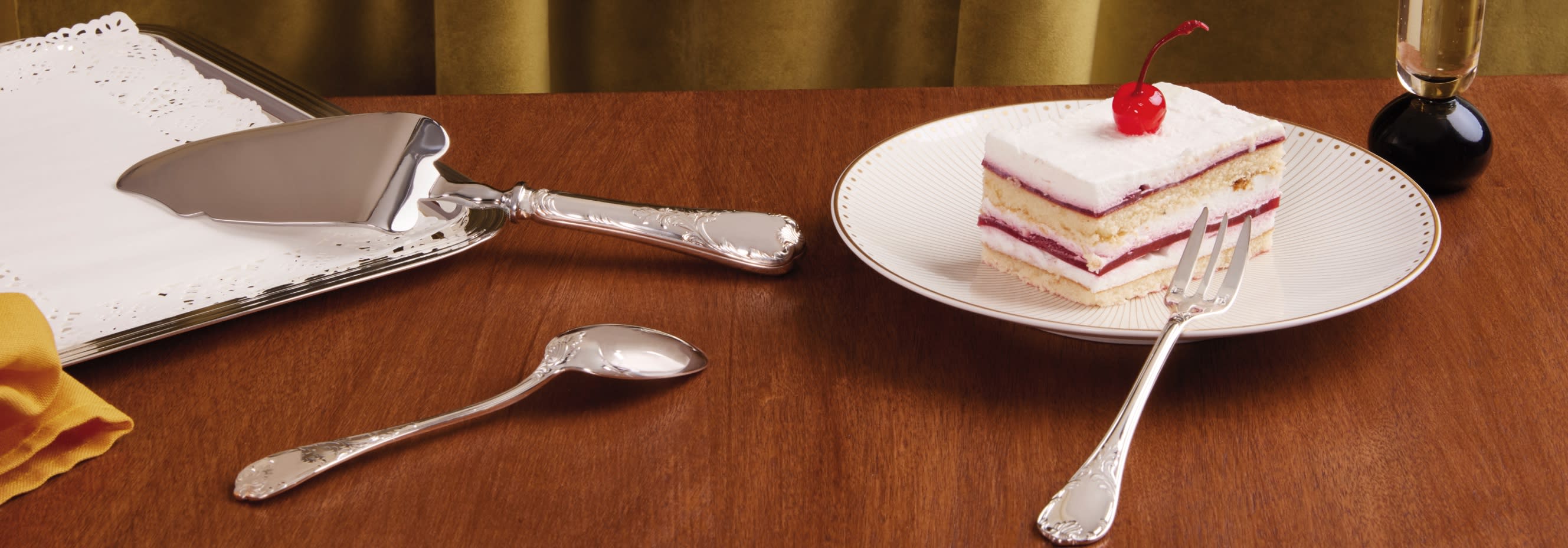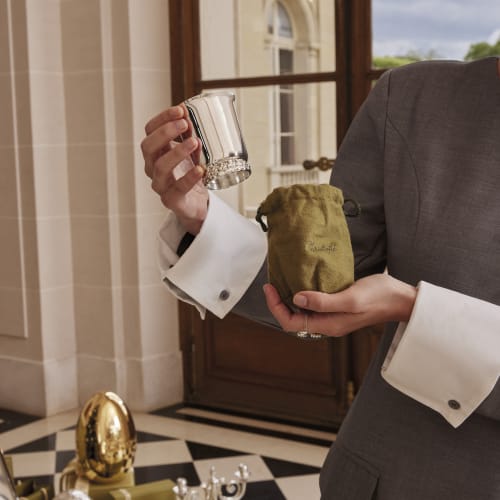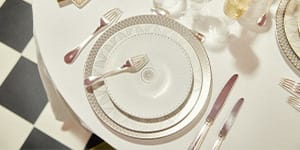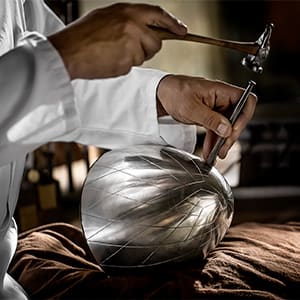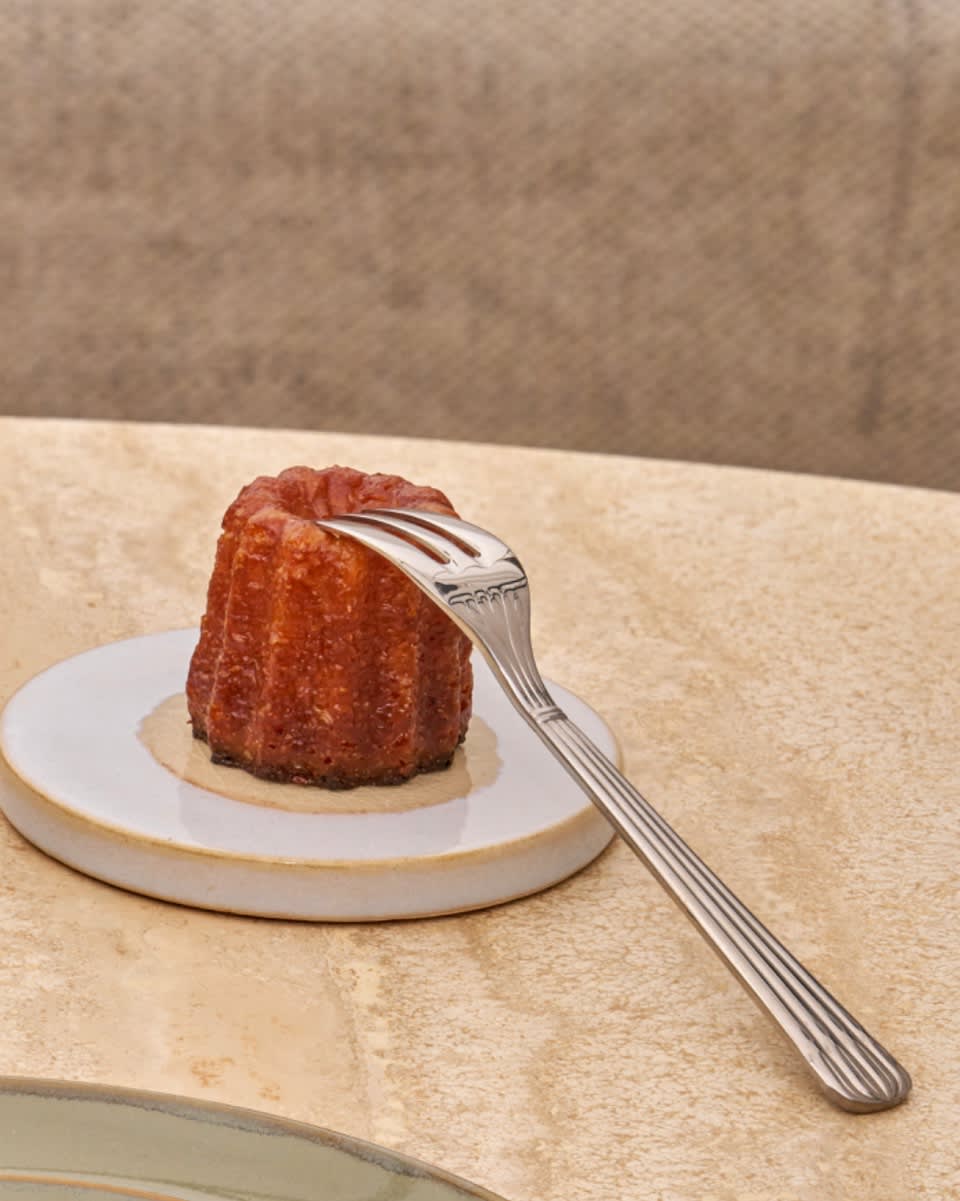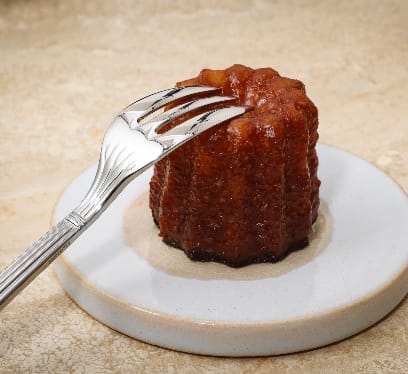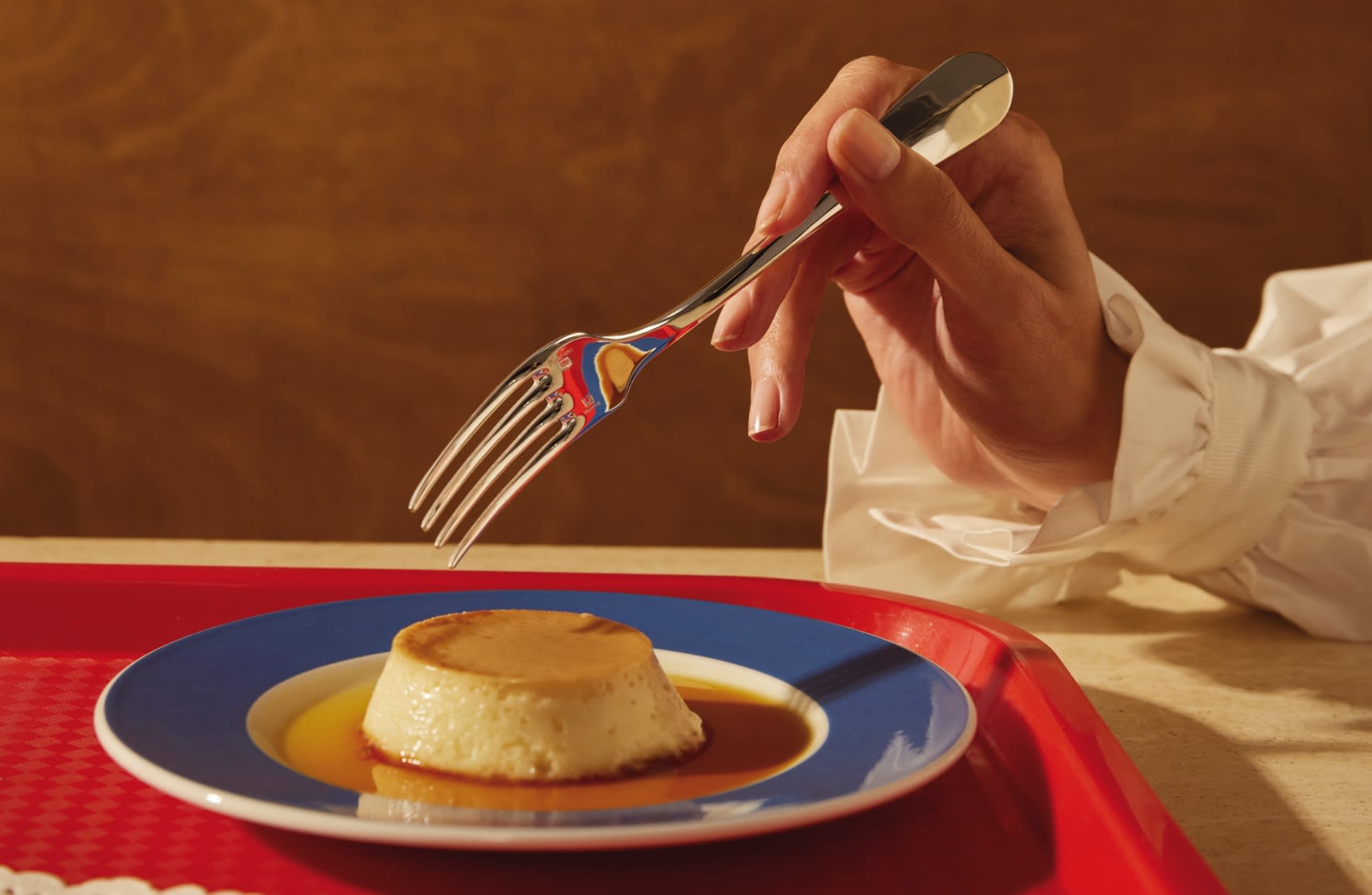

When it comes to enjoying desserts, there’s a surprisingly heated debate about which utensil reigns supreme: the fork or the spoon? For many, dessert is the grand finale of a meal, a sweet indulgence that deserves thoughtful consideration.
Choosing the right utensil for your favorite treat might seem trivial, but it's actually an important part of the dining experience, especially when elegance and etiquette are in play. So, let’s dive into the question: How to eat a dessert, with a fork or spoon?
The Case for Forks: A Delicate Balance
For certain desserts, the fork is a classic tool that strikes the perfect balance between precision and indulgence. When you think of desserts that are often eaten with forks, you might picture a rich slice of cake, a delicate pastry, or a tart with a flaky crust. Forks offer the ability to cut and pierce through desserts with ease, ensuring each bite is manageable. The prongs of a fork allow for controlled cuts, making it easier to savor each piece without overwhelming your senses.
Pastries like éclairs, fruit tarts, and slices of pie often benefit from the fork’s versatility. The utensil can glide through the layers without disturbing the dessert’s structural integrity, allowing you to enjoy both the filling and the crust in one graceful motion. Additionally, many savory elements that accompany desserts, like a light dusting of powdered sugar or a tangy berry compote, are best enjoyed with a fork. The precision of the fork also allows you to better appreciate the intricate textures, from the crunch of a pastry’s crust to the smoothness of a mousse.
For formal settings or when dessert is served as part of a multi-course meal, using a fork signals a certain level of refinement. It’s often the utensil of choice when it comes to plated desserts where presentation plays an important role. A fork allows for thoughtful, deliberate enjoyment, inviting you to take your time and savor every component of the dessert.
When it comes to cake forks and dessert forks, there are subtle but meaningful differences. A cake fork, designed to be used without a knife, typically features three prongs, with one prong slightly wider or with a slight indent to facilitate cutting. This design ensures a straighter, cleaner cut through cakes and other delicate desserts, making it both practical and elegant. In contrast, a dessert fork may have four prongs and is often paired with a knife, offering a more versatile option for various sweet dishes.
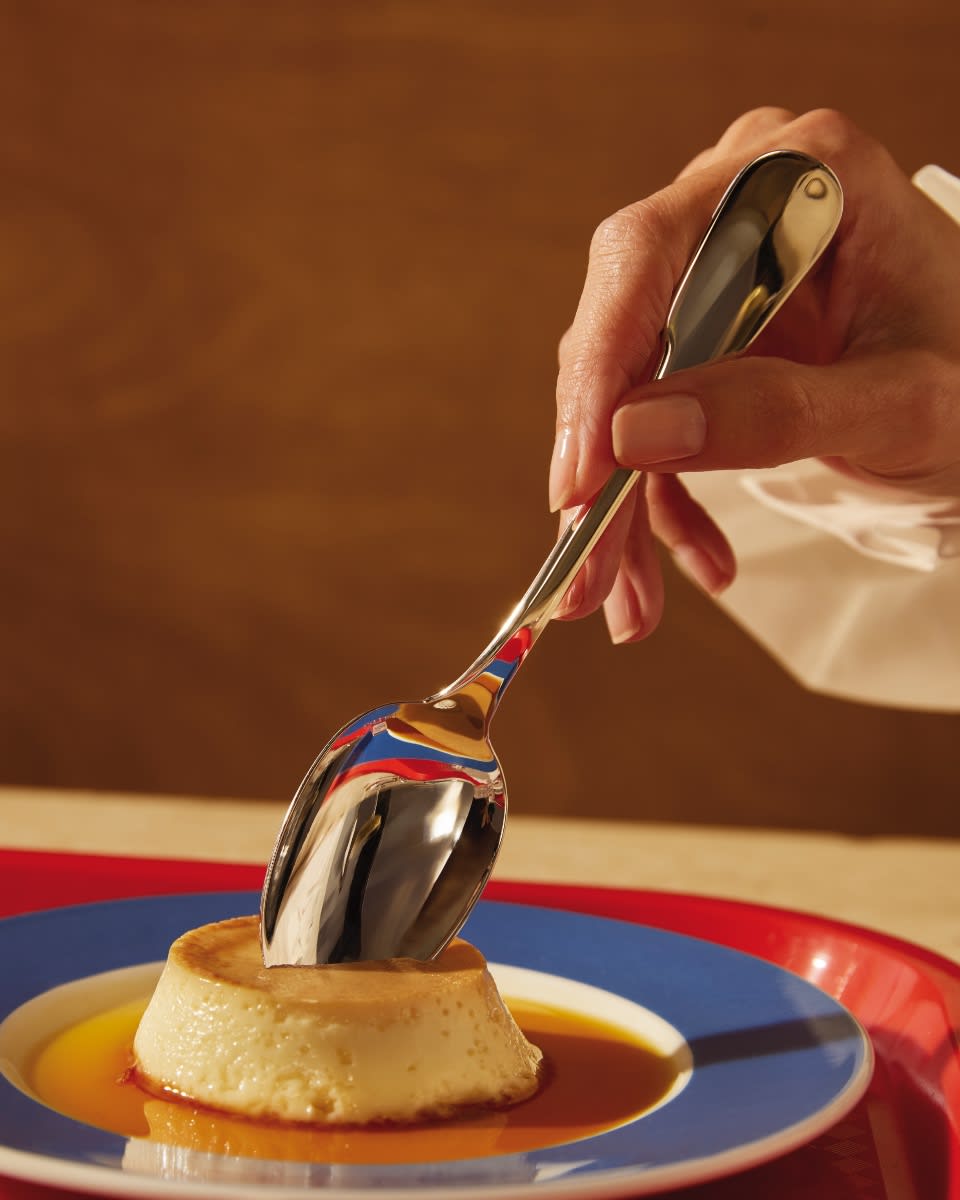

The Spoon’s Case: Graceful and Gentle
On the other hand, the spoon has its own charm and elegance when it comes to dessert consumption. The spoon is the perfect utensil for softer, creamier desserts like puddings, mousse, custards, ice cream, and soufflés. These types of desserts are often delicate and too soft to be neatly picked up by a fork. The spoon allows you to scoop up the dessert with ease, ensuring that each bite is smooth, satisfying, and free from the awkwardness of crumbs or pie remnants falling off.
Ice cream, in particular, is a classic example of when the spoon outshines the fork. The spoon’s shape is perfect for scooping up cold, creamy treats, allowing for a more generous bite than a fork could provide. When paired with toppings such as hot fudge or caramel, the spoon also excels in delivering an even combination of flavors in one smooth motion.
When desserts are served in a bowl, a spoon is undoubtedly the go-to utensil. Think of a luscious chocolate mousse, a comforting rice pudding, or a fruit salad—the spoon allows you to dive right in and enjoy the texture and flavors without fuss. The larger surface area of a spoon also makes it easier to take in more of the dessert in one swoop, making it ideal for both satisfying your sweet tooth and enjoying the dessert’s full flavor.
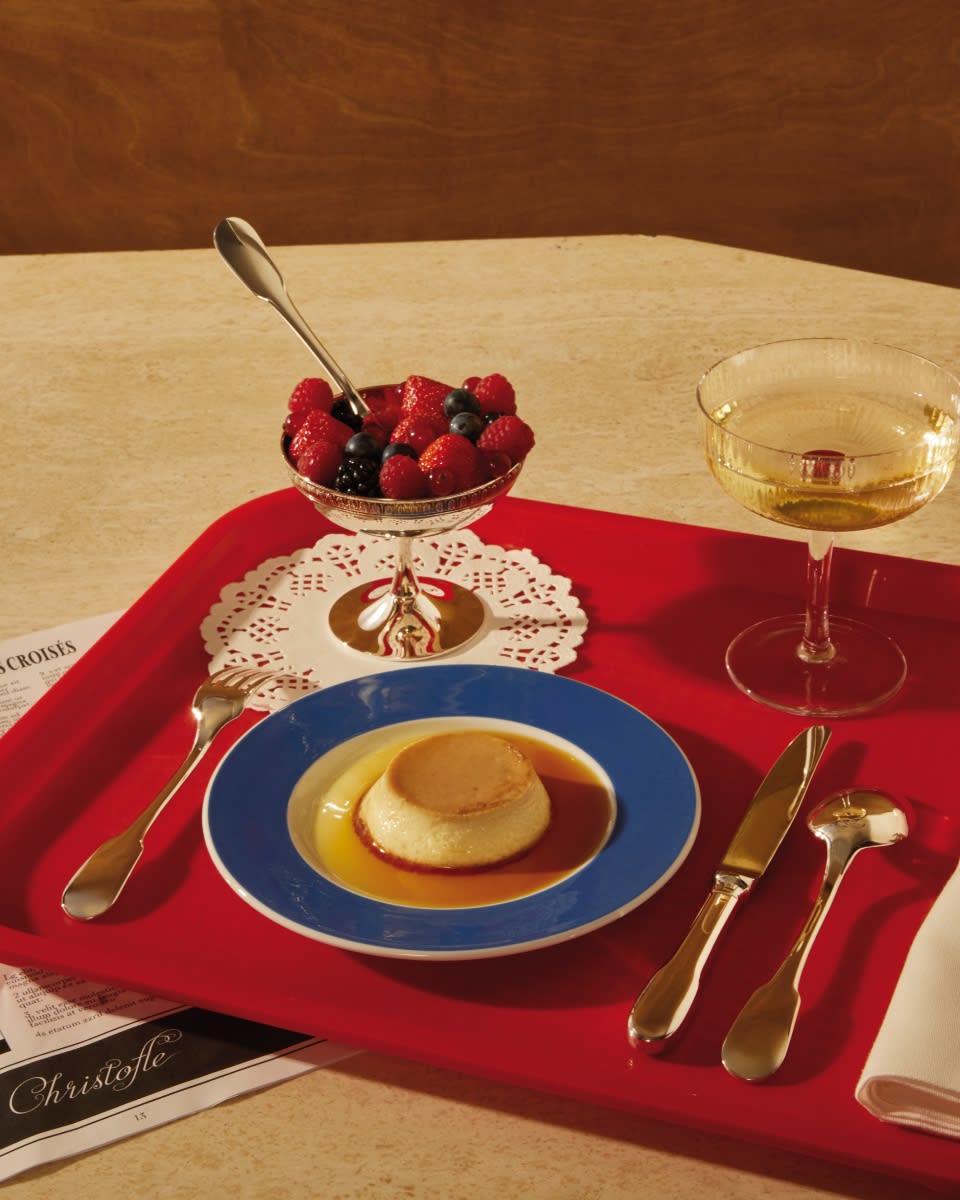

The Occasion Matters: Fork, Spoon, or Both?
In some cases, you might find that both utensils are needed for the full dessert experience. Take, for instance, a traditional British trifle, layered with sponge cake, custard, fruit, and whipped cream. A spoon can help scoop up the custard, while a fork can help break through the cake layers. Similarly, a dessert like a fruit salad with a side of whipped cream or yogurt could benefit from a fork and spoon combination.
It’s important to consider the nature of the dessert and its presentation when making your decision. At a casual gathering, you might opt for the convenience of a spoon or fork, but in more formal settings, the dessert’s formality and presentation will influence your choice of utensil. A beautifully plated tart might call for the elegance of a fork, while a perfectly chilled bowl of sorbet may be best enjoyed with a spoon.


The Elegance of Christofle: Flatware That Enhance the Experience
No matter your preference, the key to enjoying desserts with elegance lies in using the right tools. Christofle’s exquisite range of flatware can elevate any dessert experience. Whether you’re using a fork to savor a decadent slice of cake or a spoon to indulge in a silky mousse, Christofle's refined designs provide both beauty and functionality. The company’s craftsmanship ensures that every bite is accompanied by a sense of luxury, making each dessert feel even more special.
Christofle’s has a range of flatware collection offers not just sophistication but durability, ensuring that your utensils withstand years of use while maintaining their lustrous shine. For our forks, our top picsk would be pieces from our MOOD, Cluny, or Spatours collections for a chic look. When choosing your right spoon, our all time favorites come from the Perles, Albi, or Fidelio line.
An Extra Sweet Touch at the Table
Small plates and trays are the perfect way to elevate your dessert presentation with elegance and sophistication. Ideal for showcasing delicate pastries, decadent truffles, or colorful macarons, they highlight each treat's intricate details while offering a refined touch to your table. Whether serving individual portions on a Babylone porcelain plate or arranging an assortment on a gleaming Malmaison silver tray, Christofle pieces bring style and versatility to any occasion. Designed with timeless craftsmanship, they compliment all your flatware selections and transform dessert moments into unforgettable experiences.
Ultimately, the choice of flatware comes down to personal preference, the nature of the dessert, and the dining occasion. Forks and spoons each have their role in the world of sweets, and knowing when to use each can elevate the entire experience. Whether you prefer the elegance of a fork or the smooth grace of a spoon, remember that the joy of dessert lies not just in the treat itself, but in how you savor it. And with the right flatware, like Christofle’s timeless pieces, each moment becomes a celebration of indulgence
